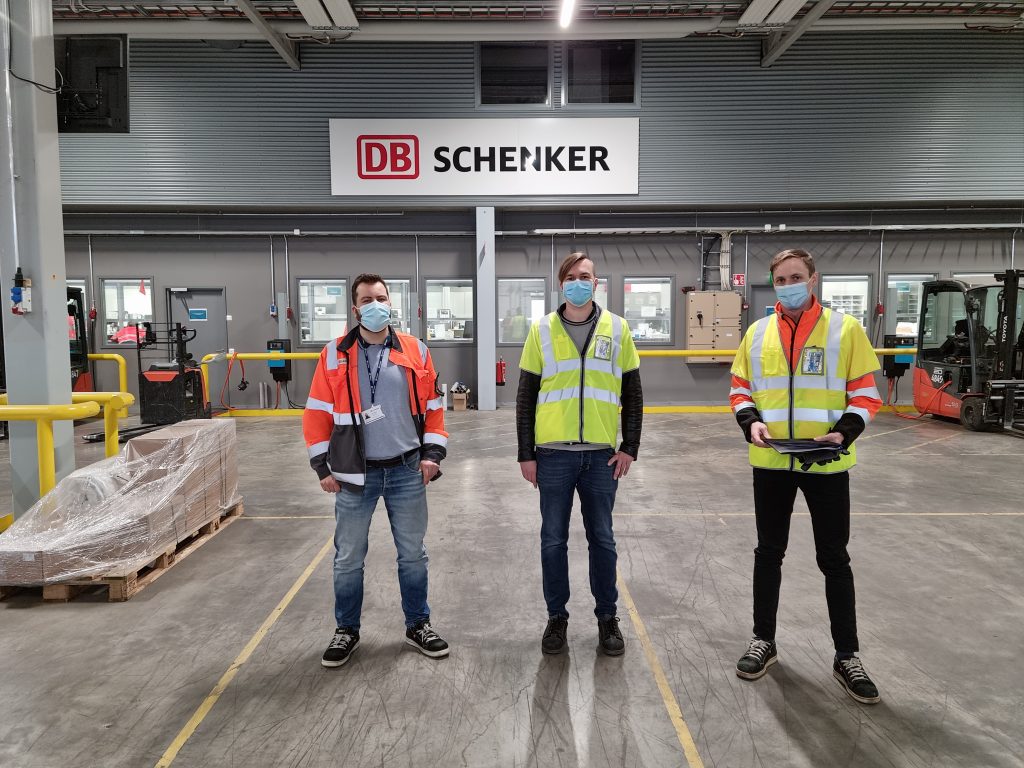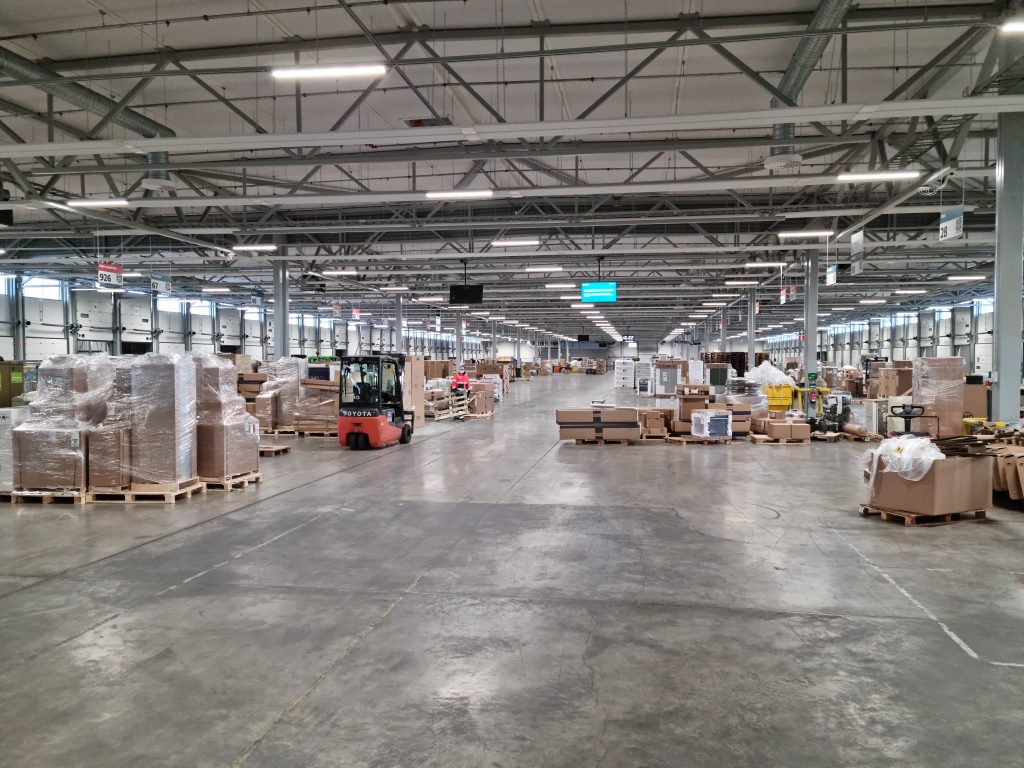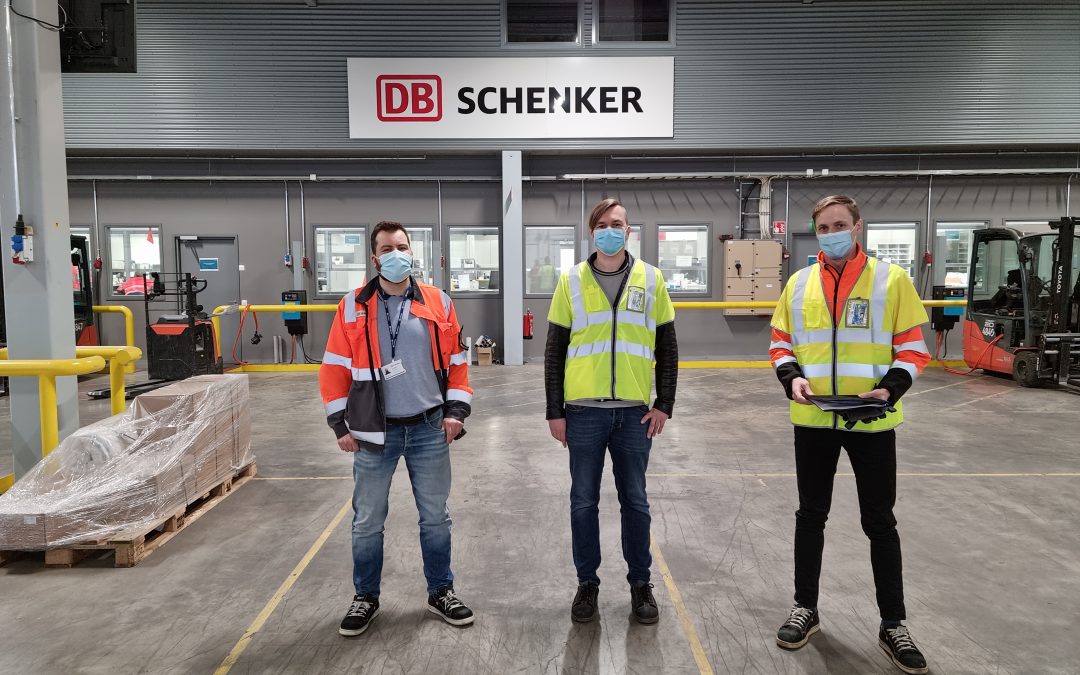Following the set goal, the DB Schenker terminal has been chosen as the pilot site, where, using various methodologies, proposals will be made for actions to be taken to speed up the cargo handling in the terminal. It is located at Turku Ring Road along the E-18 corridor. The study will use new tools and methods developed by private company Noccela Ltd., that provided significant data for the Turku University of Applied Science (TUAS) project team. This company has been developing new ICT-based solutions to track the time-location positions of cargo. The idea is based on tags that are placed to forklift trucks going around or placed to cargo being transferred at the terminal. The obtained data will allow TUAS to analyze the situation and continue work on practical solutions to optimize cargo handling inside the terminal. Part of the terminal’s operations are considered to be part of the bottlenecks in the Northern Corridor, therefore the results collected here will complete the whole picture about the bottlenecks and hindrances along the corridor.
Terminals need a redesign concerning the present network. There is a clear need for re-establish the terminal network -not only because of more fluent traffic and logistic -but also for better air quality and noise reduction.
From Baltic LOOp project application




